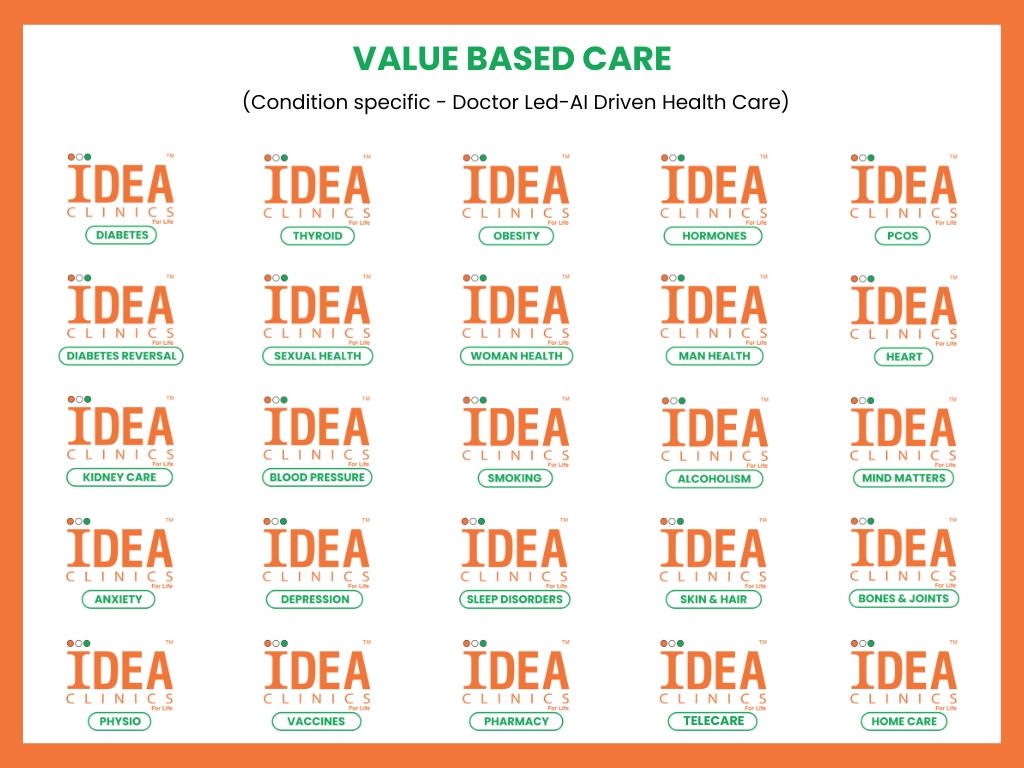What is Diabetic Ketoacidosis (DKA)?
Diabetic ketoacidosis usually occurs in people with type 1 diabetes mellitus (T1DM), but can at times develop in any person with diabetes. Diabetic ketoacidosis (DKA) results from dehydration as a result of insulin deficiency, causing high blood glucose levels with accumulation of ketones.
What Are Signs and Symptoms of Diabetic Ketoacidosis?
ketoacidosis symptoms are excessive thirst, frequent urination, vomiting, confusion, abdominal pain, dry mouth, increased heart rate, low blood pressure, increased rate of breathing with a fruity odor on the breath with breathlessness.
When to Call a Doctor for Diabetic Ketoacidosis?
Contact doctor when glucose levels are high, generally more than 350 mg. Following “sick day rules”, checking urinary ketones and adjusting insulin doses with increased fluid intake is recommended. If vomiting, should seek immediate medical attention.
A person with diabetes should be taken to a hospital if they appear significantly ill, dehydrated, confused, or very weak with shortness of breath, chest pain, severe abdominal pain with vomiting, or high fever.
What Causes Diabetic Ketoacidosis?
Diabetic ketoacidosis occurs when a person with diabetes does not get enough insulin and becomes dehydrated. As a result the body releases stress hormones include glucagon, growth hormone, cortisol and adrenaline. Fatty acids are converted to ketones which leads to DKA.
In diabetic ketoacidosis, the body changes its metabolism and uses fat for fuel instead of carbohydrates. As blood sugar levels rise, there is increasing urination and causing dehydration. Approximately, 10% of total body fluids are lost in patients with diabetic ketoacidosis. There is also electrolyte disturbances alongside severe acidotic state.
The most common events that cause a person with diabetes to develop diabetic ketoacidosis are infection, missed or inadequate insulin, and newly diagnosed.
What Tests and Procedures Diagnose Diabetic Ketoacidosis?
The diagnosis of diabetic ketoacidosis is typically made when laboratory tests confirm adnormalities in glucose, potassium, sodium, and other electrolytes. Ketone level and kidney function tests along with a blood gas sample for pH) confirm DKA.
How Can You Care for Diabetic Ketoacidosis at Home?
Home care focuses on preventing diabetic ketoacidosis. Treating moderate elevations in glucose with additional injections of a short acting form of insulin is useful supported by adequate hydration by drinking sugar free fluids throughout the day.
What Are the Treatment Guidelines for Diabetic Ketoacidosis?
Fluid replacement and insulin administration intravenously (IV) are critical initial treatments for diabetic ketoacidosis. Potassium is usually added to IV fluids to correct total body depletion.
Insulin must not be delayed and must be given promptly as a continuous infusion. Once blood glucose levels have fallen below 300mg/dL, glucose may be co-administered with ongoing insulin administration to avoid hypoglycaemia.
Can Diabetic Ketoacidosis be Fatal?
With aggressive treatment, most people who develop diabetic ketoacidosis can expect complete recovery and a mortality rate is less than 5%.
How to Prevent Diabetic Ketoacidosis
Persons with diabetes can take the following precautions to prevent diabetic ketoacidosis:
- Close monitoring and control of glucose levels, especially during times of infection, stress, trauma, or other serious illness;
- Taking extra insulin injections or other diabetes medications on time as directed by your health care practitioner; and
- Seeking medical attention promptly as needed.




